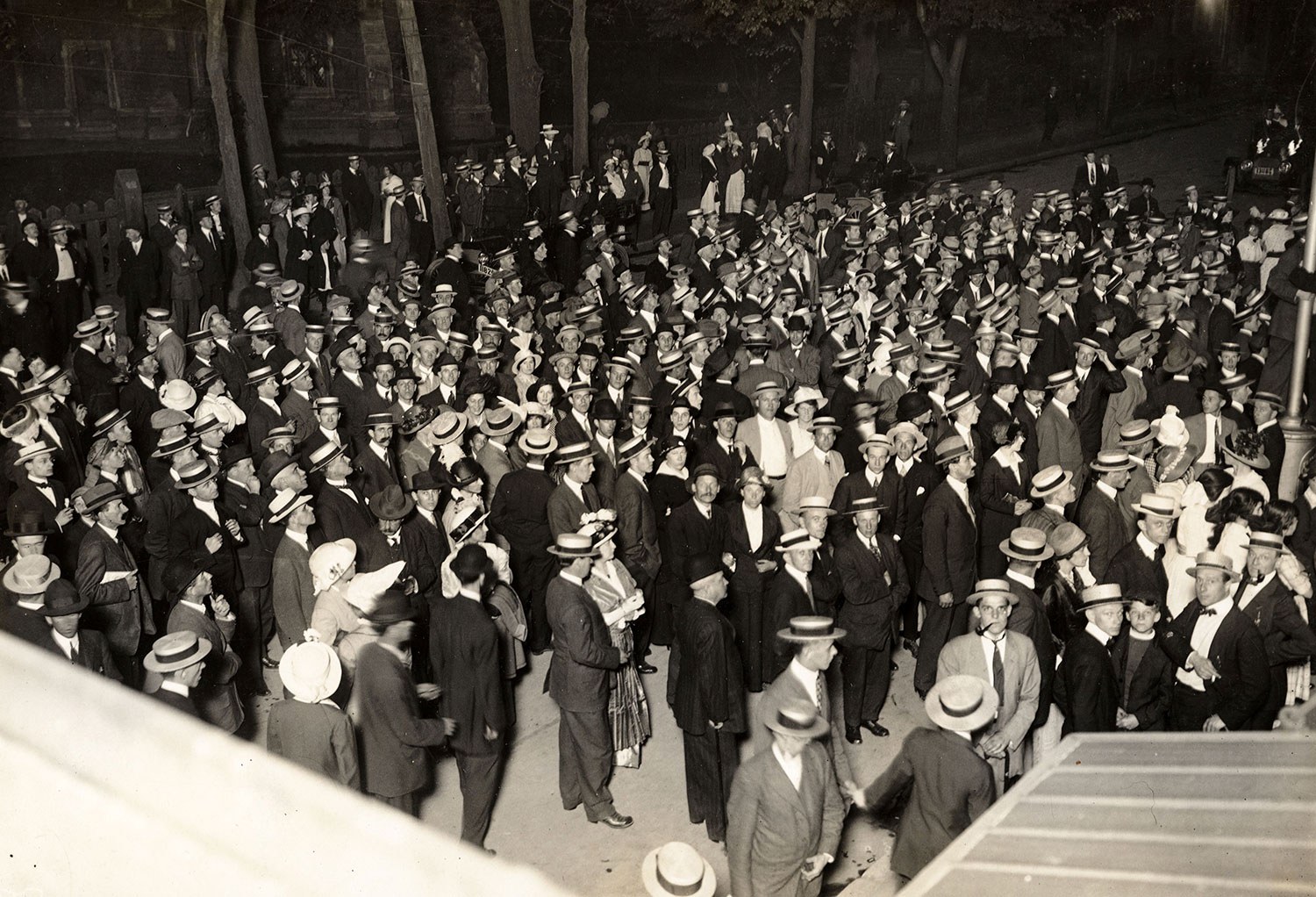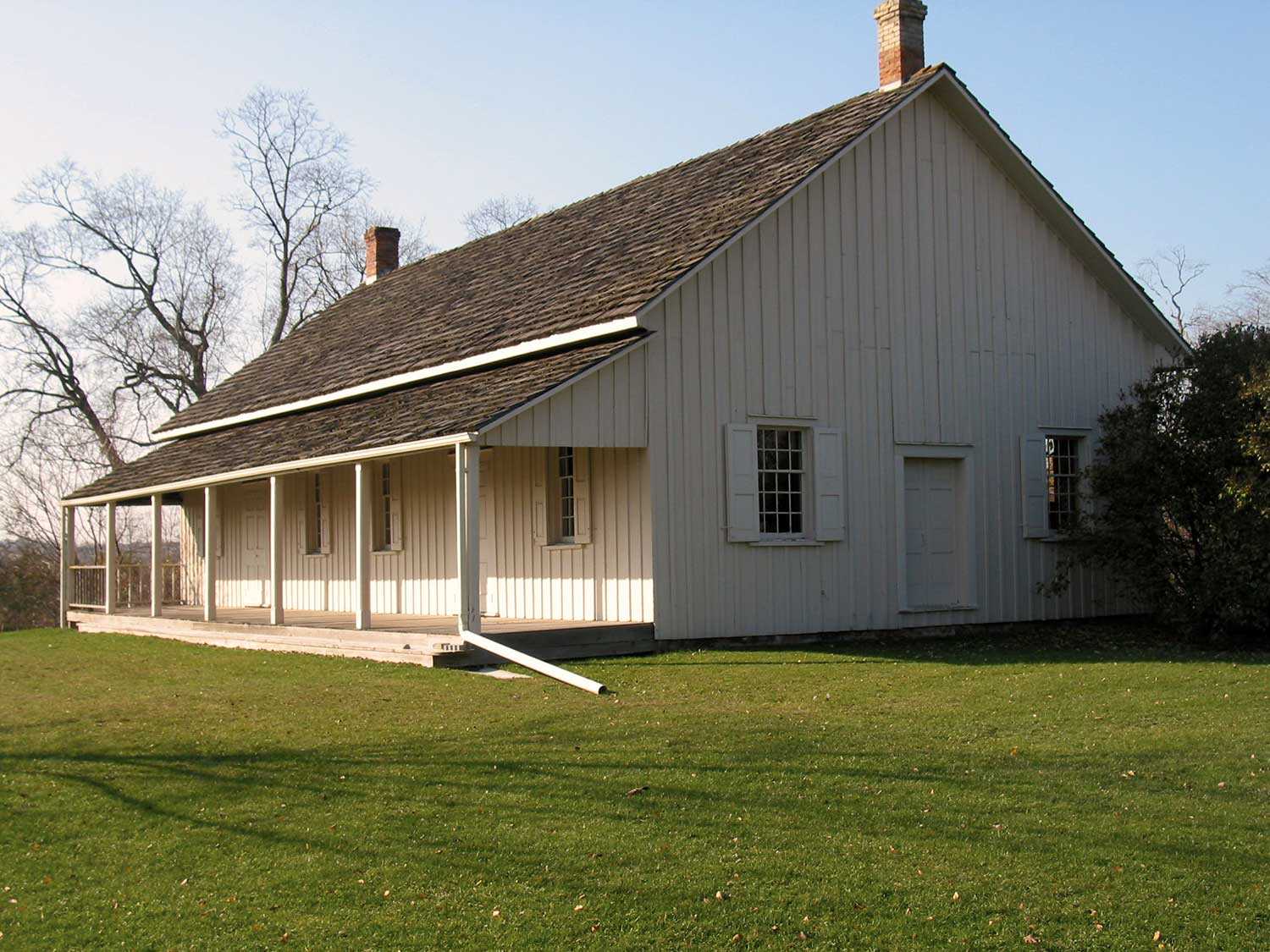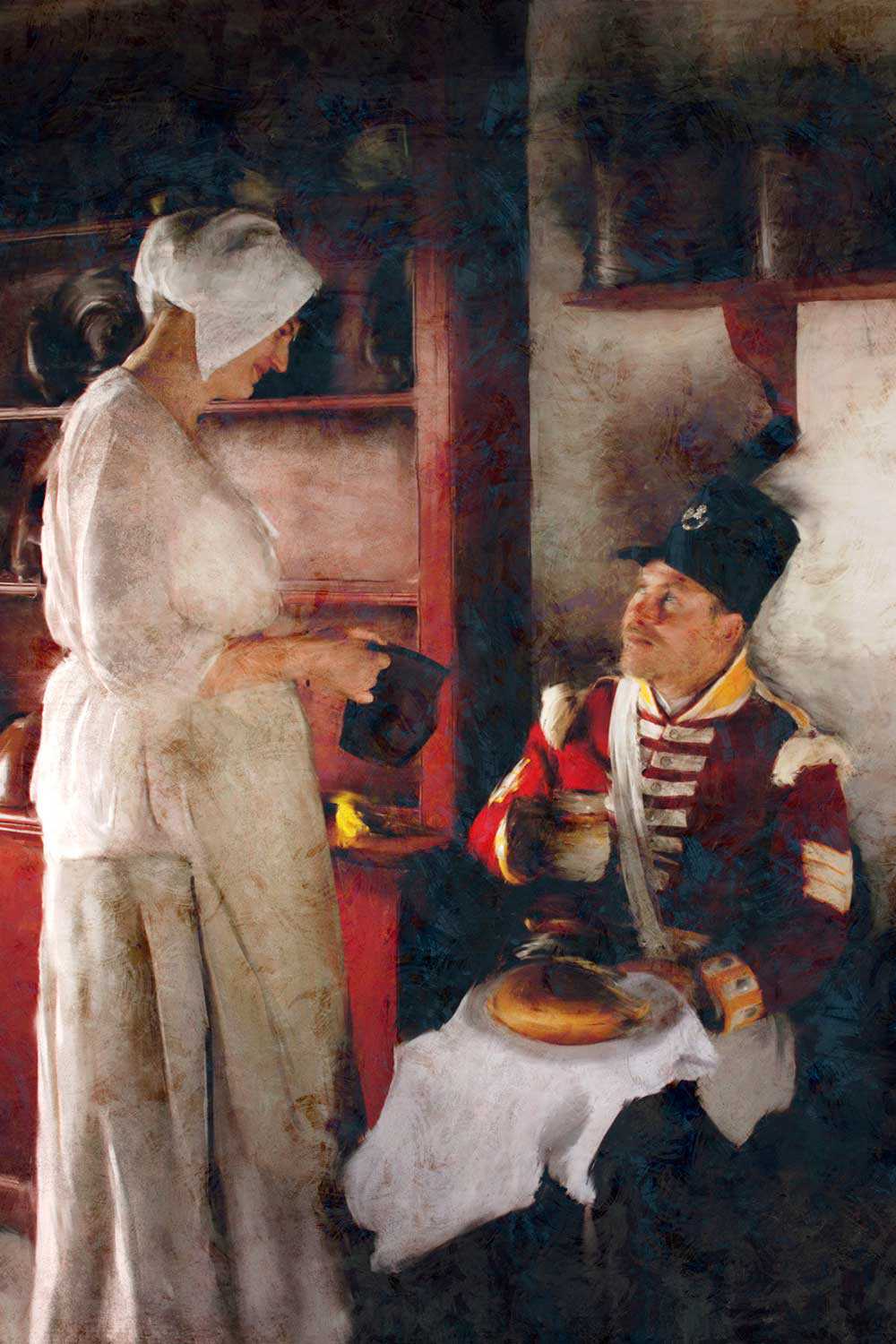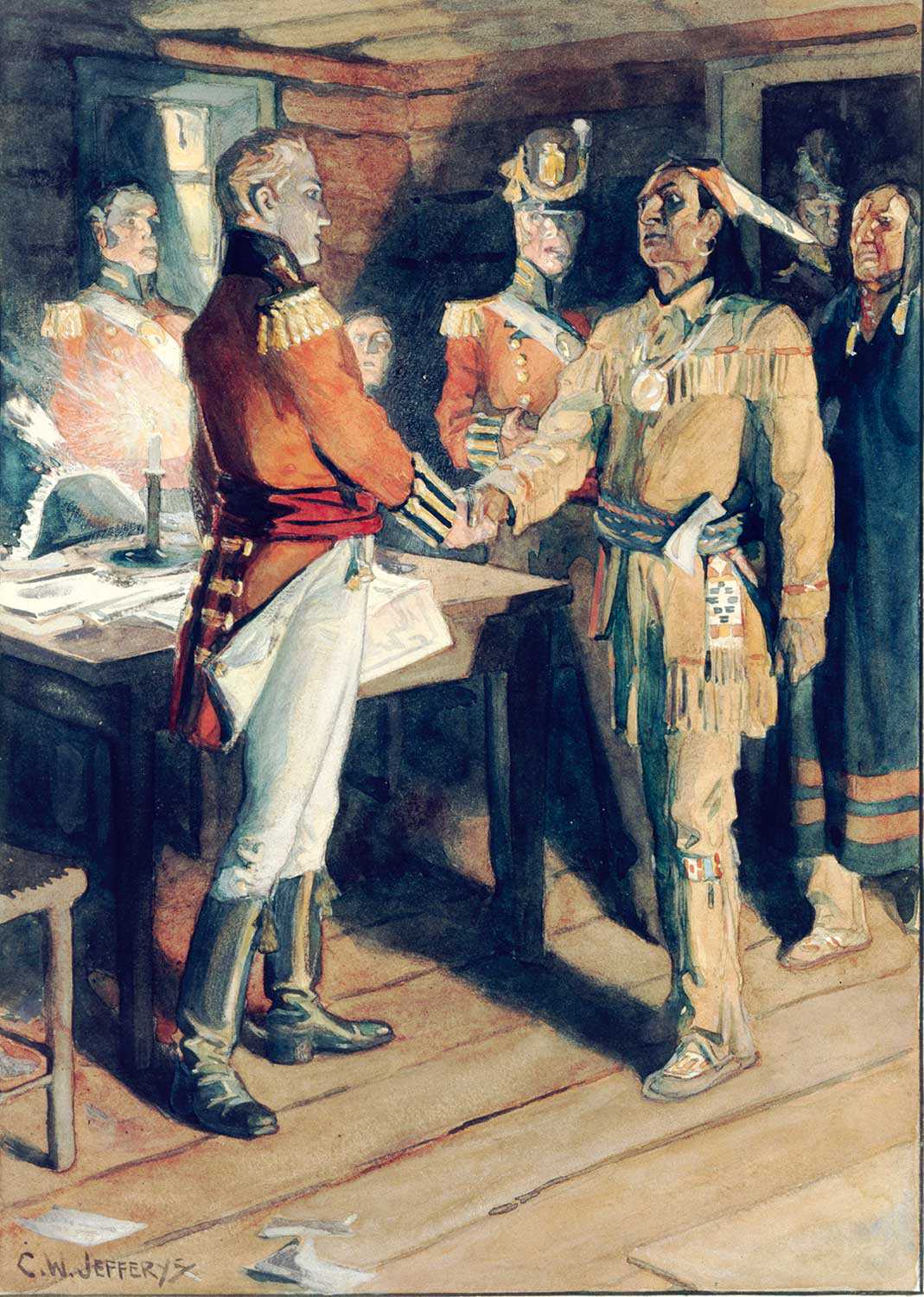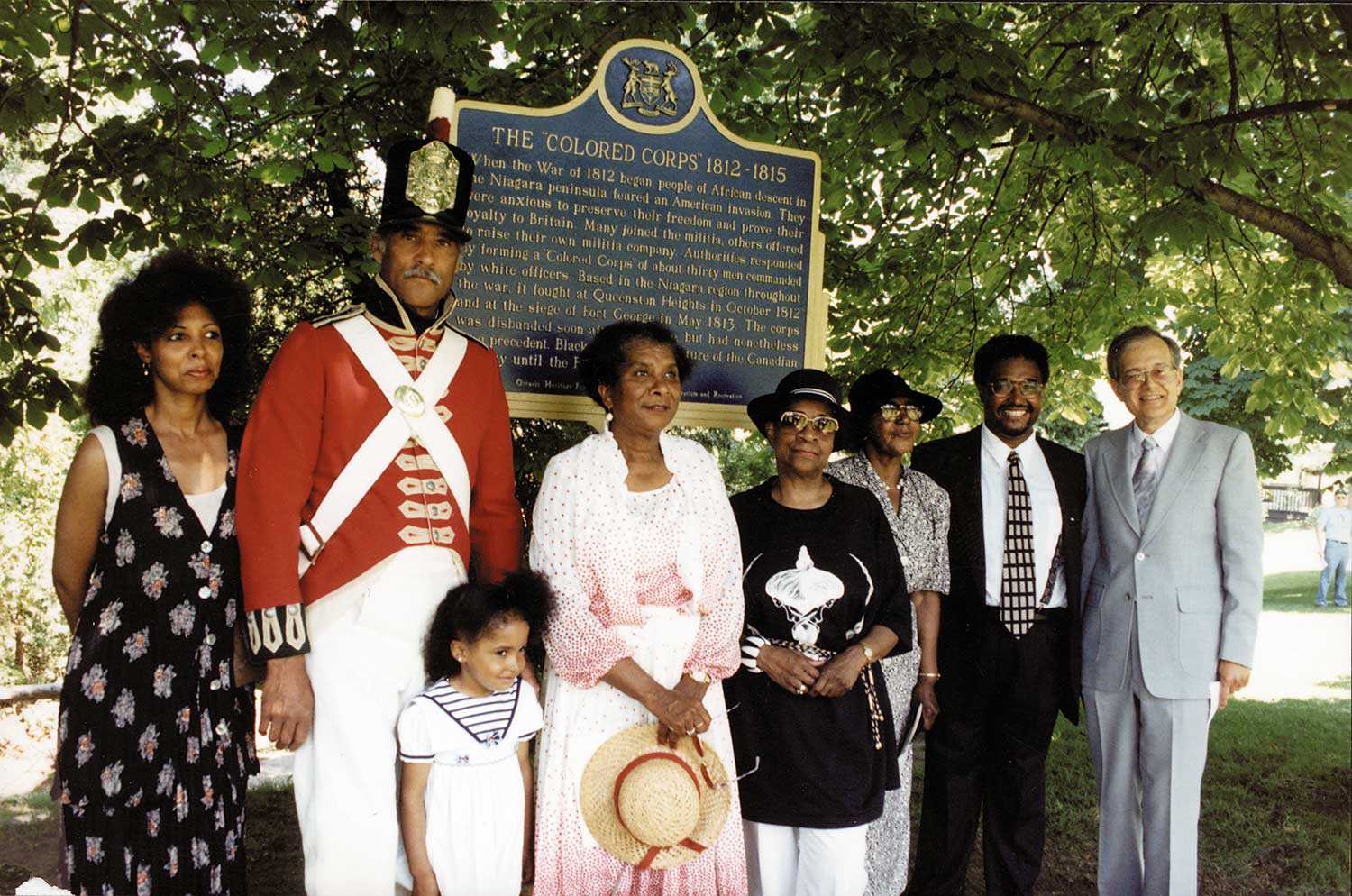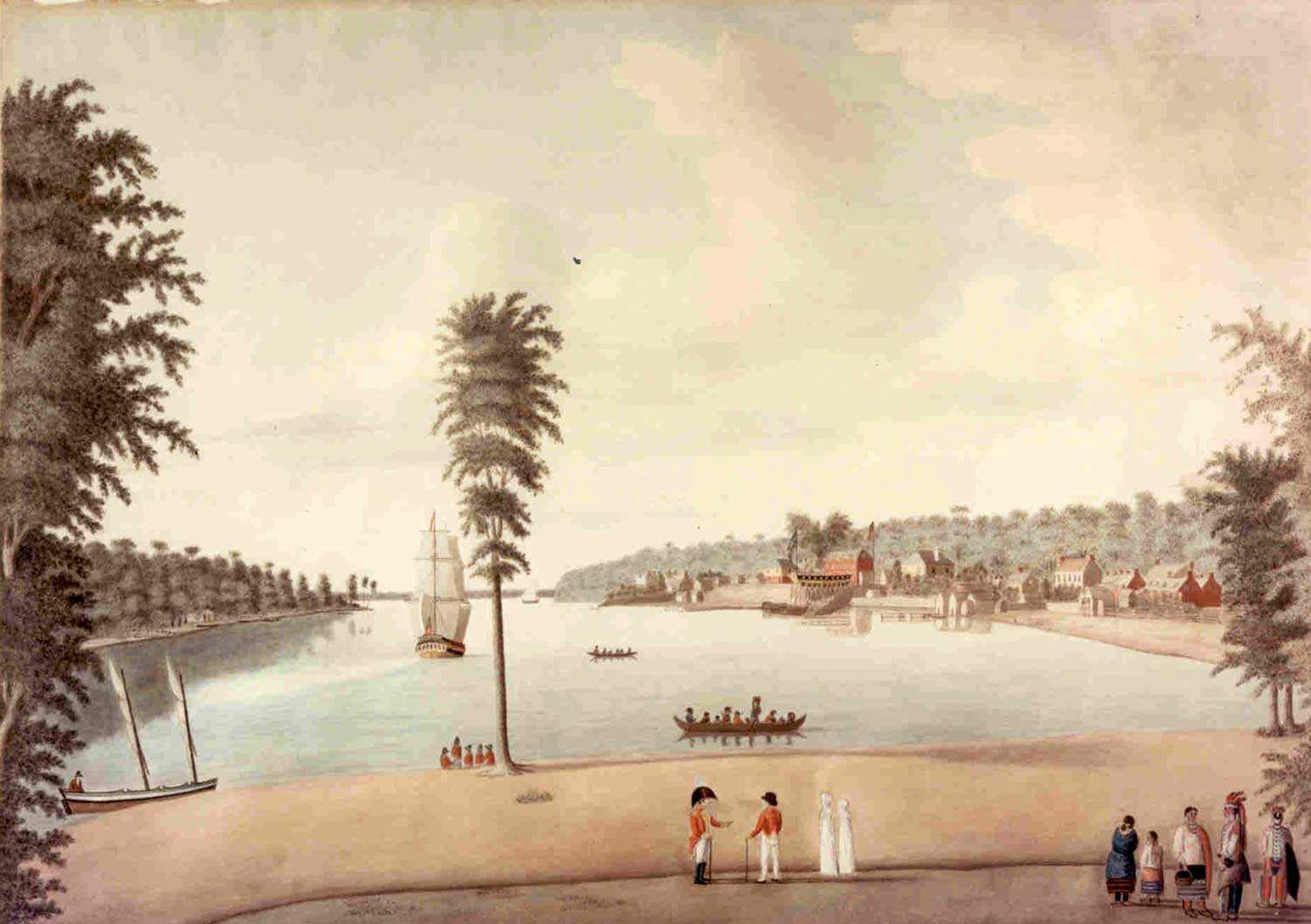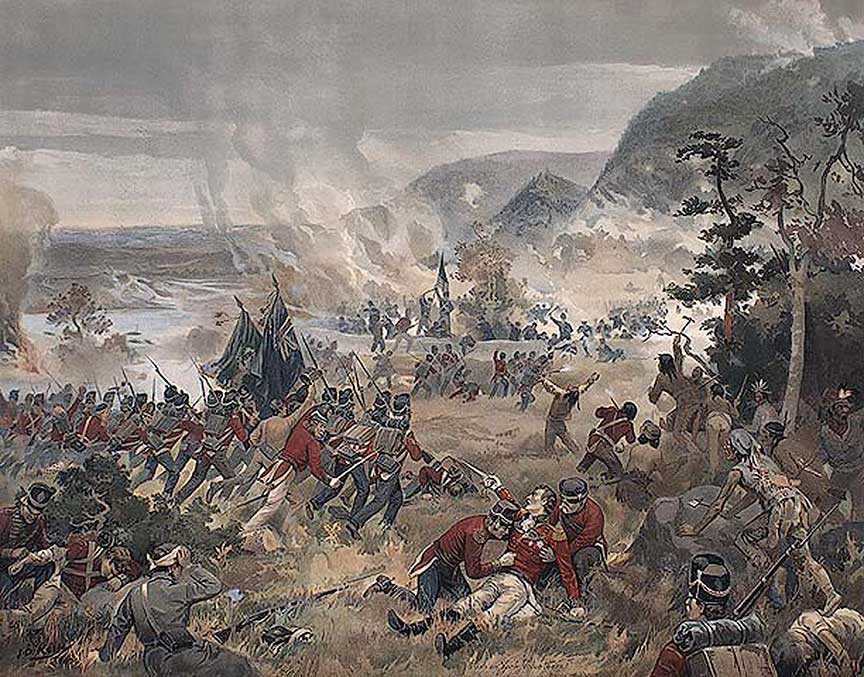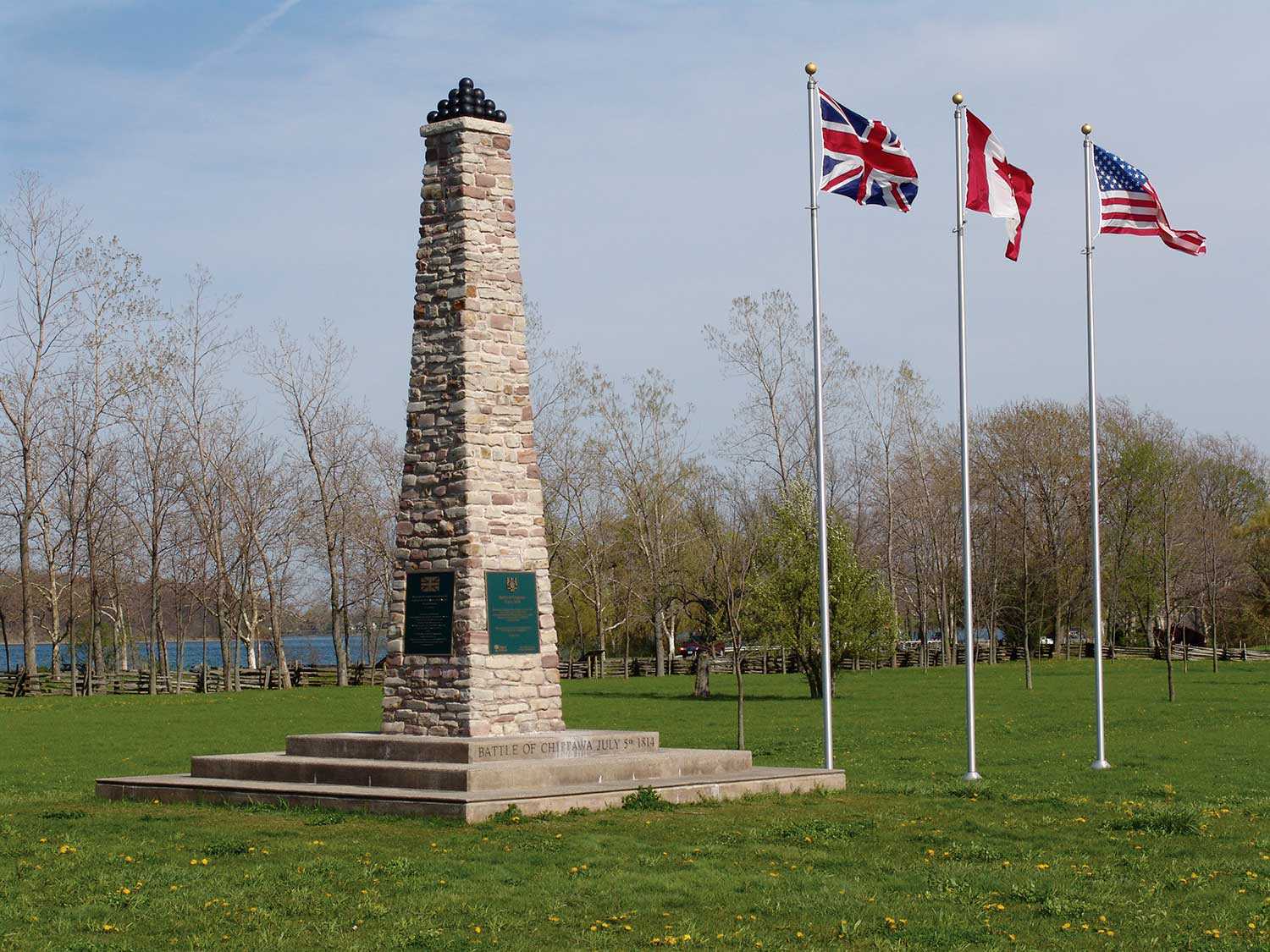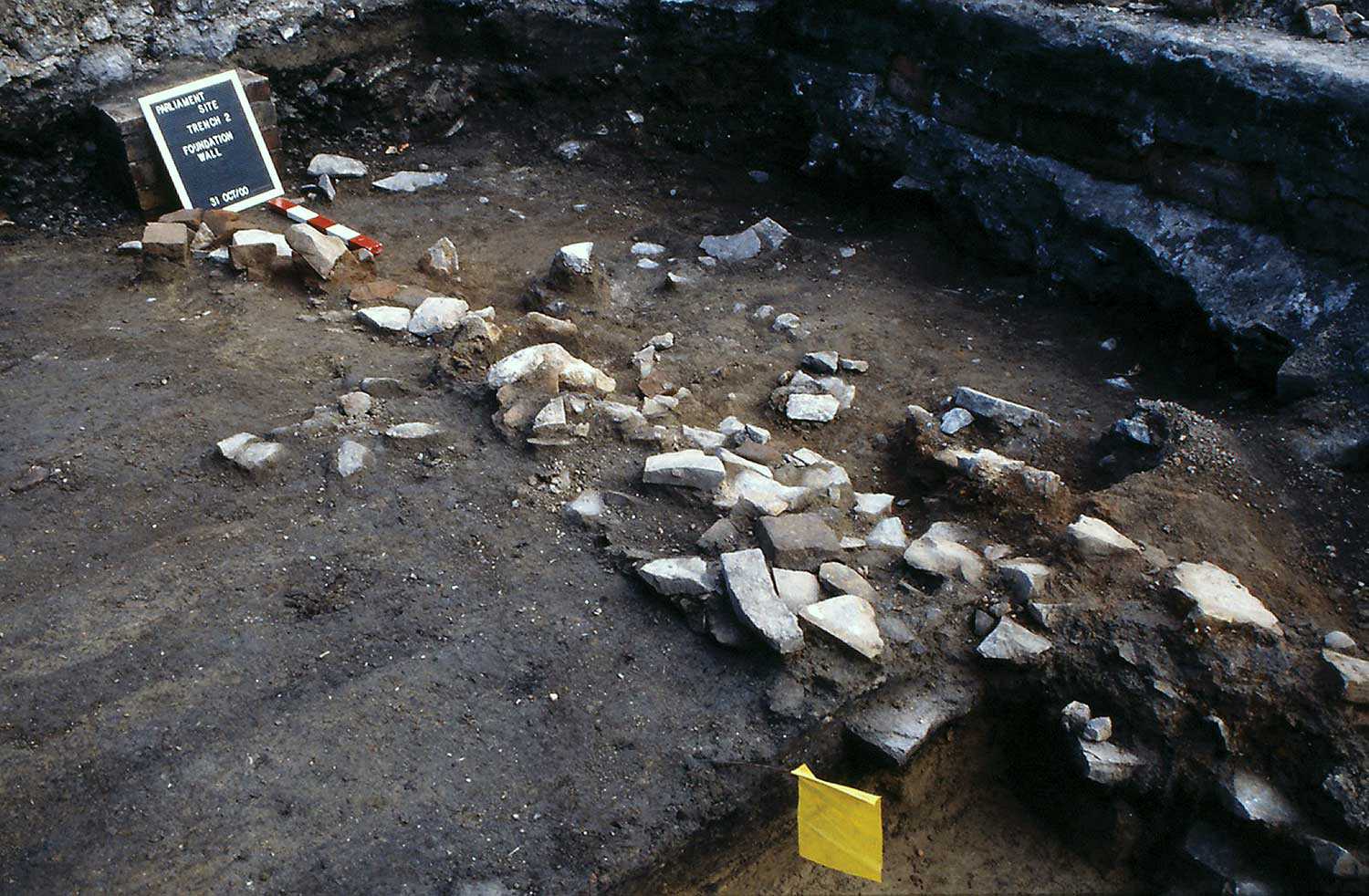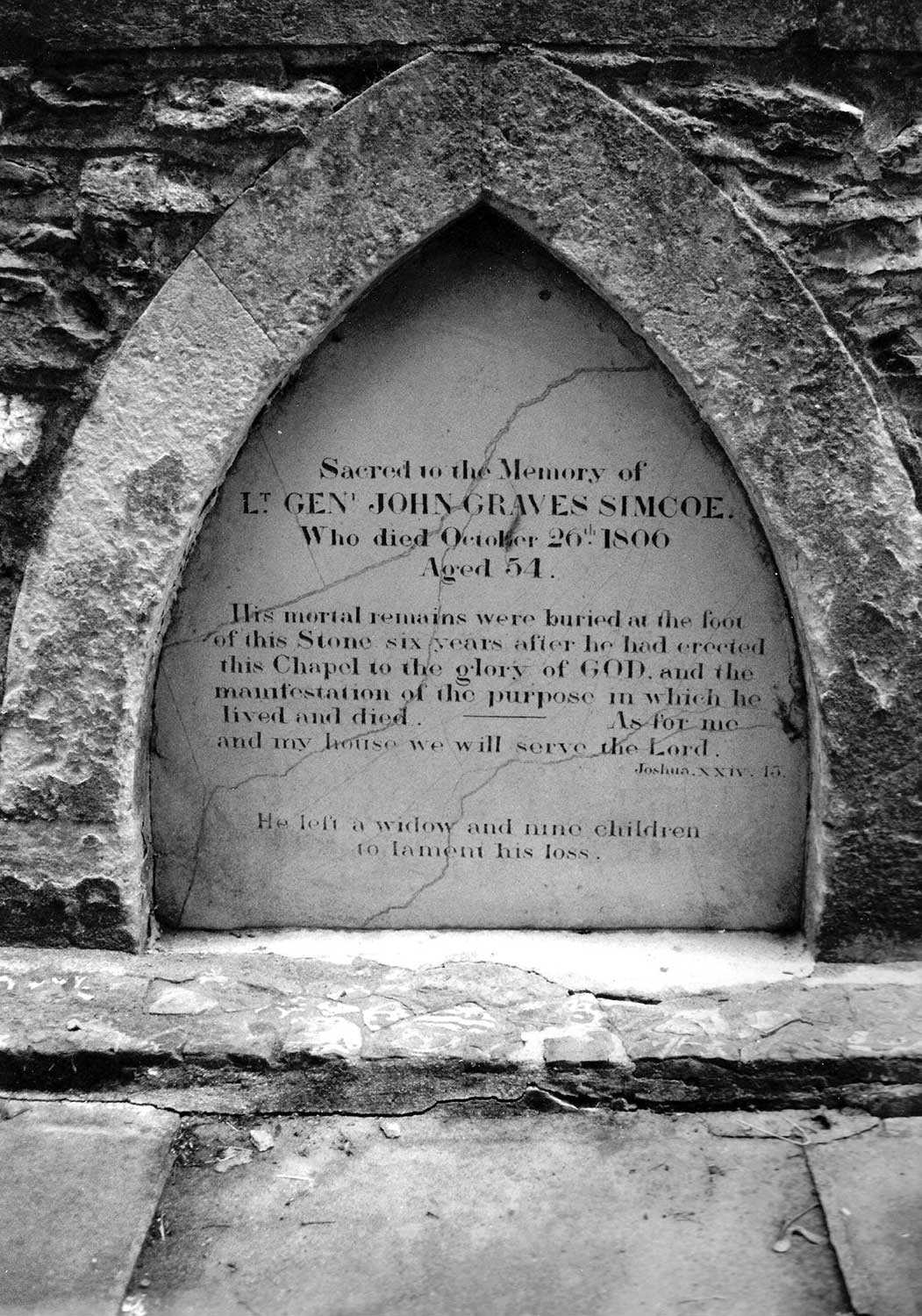

Browse by category
- Adaptive reuse
- Archaeology
- Arts and creativity
- Black heritage
- Buildings and architecture
- Communication
- Community
- Cultural landscapes
- Cultural objects
- Design
- Economics of heritage
- Environment
- Expanding the narrative
- Food
- Francophone heritage
- Indigenous heritage
- Intangible heritage
- Medical heritage
- Military heritage
- MyOntario
- Natural heritage
- Sport heritage
- Tools for conservation
- Women's heritage
Resources: Perspectives on the War of 1812
The Call to Arms: The 1812 Invasions of Upper Canada (by Richard Feltoe), Dundurn Press, 2012. The Call to Arms is the first of six books in the series Upper Canada Preserved – War of 1812. Each book in this battlefield chronicle combines the best of modern historical research with extensive quotes from original official documents and personal letters to bring to life this crucial period of Canada’s early history.
Fire Along the Frontier: Great Battles of the War of 1812 (by Alastair Sweeny), Dundurn Press, 2012. Fire Along the Frontier is the first book that looks closely at the major battles of the War of 1812 from a business and social perspective, while also examining the political culture on both sides.
The Astonishing General: The Life and Legacy of Sir Isaac Brock (by Wesley B. Turner), Dundurn Press, 2011. This book is about Major General Sir Isaac Brock (1769-1812). It tells of his life, his career and legacy, particularly in the Canadas, and of the context within which he lived. One of the most enduring legacies of the War of 1812 on both the United States and Canadian sides was the creation of heroes and heroines. The earliest of those heroic individuals was Isaac Brock who in some ways was the most unlikely of heroes. For one thing, he was admired by his American foes almost as much as by his own people. Even more striking is how a British general whose military role in that two-and-a-half-year war lasted less than five months became the best known hero and one revered far and wide.
Laura Secord: Heroine of the War of 1812 (by Peggy Dymond Leavey), Dundurn Press, 2012. After single-handedly dragging her injured husband off the battlefield during the War of 1812, Laura Secord (1775-1868) was forced to house American soldiers for financial support while she nursed him back to health. It was during this time that she overheard the U.S. plan to ambush British troops at Beaver Dams. Through an outstanding act of perseverance and courage in 1813, Laura walked an astonishing 30 kilometres from her home to a British outpost to warn General James FitzGibbon, [reaching him] just in time for the British to prepare and execute an ambush on American military nearby, forcing the U.S. general to surrender.
In the Midst of Alarms: The untold story of women and the War of 1812 (by Dianne Graves), Robin Brass Studio, 2007. This major book by Dianne Graves brings an entirely new perspective to the War of 1812. This is a groundbreaking study of women – American, Canadian, British and aboriginal – who experienced the War of 1812.
Capital in Flames: The American Attack on York, 1813 (by Robert Malcomson), Robin Brass Studio, 2008. Today’s Toronto was the frontier town of York when it suffered its most traumatic day. In April 1813, warships under U.S. Commodore Isaac Chauncey landed 1,700 soldiers near today’s CNE grounds and General Zebulon Pike led them into battle against British, Canadian and native defenders commanded by General Sir Roger Sheaffe. In mid-battle a mighty explosion ripped the earth open and rattled windows 40 miles away, killing or wounding nearly 300 … The town suffered a trauma few of its inhabitants would forget, and the much-criticized Sheaffe never again saw active service.
The Journal of Major John Norton, 1816 (by Carl Frederick Klinck and John Norton), The Champlain Publications, 2011. The Journal of Major John Norton presents his account of a 1,000-mile journey from Upper Canada to the land of the Cherokee and his encounters with members of the Five Nations through to the end of the War of 1812. Norton (Teyoninhokarawen) was the son of a Scottish mother and a Cherokee father, and an associate of Mohawk war chief Joseph Brant (Thayendanegea).The original manuscript is contained in two notebooks in the private collection of the Duke of Northumberland.

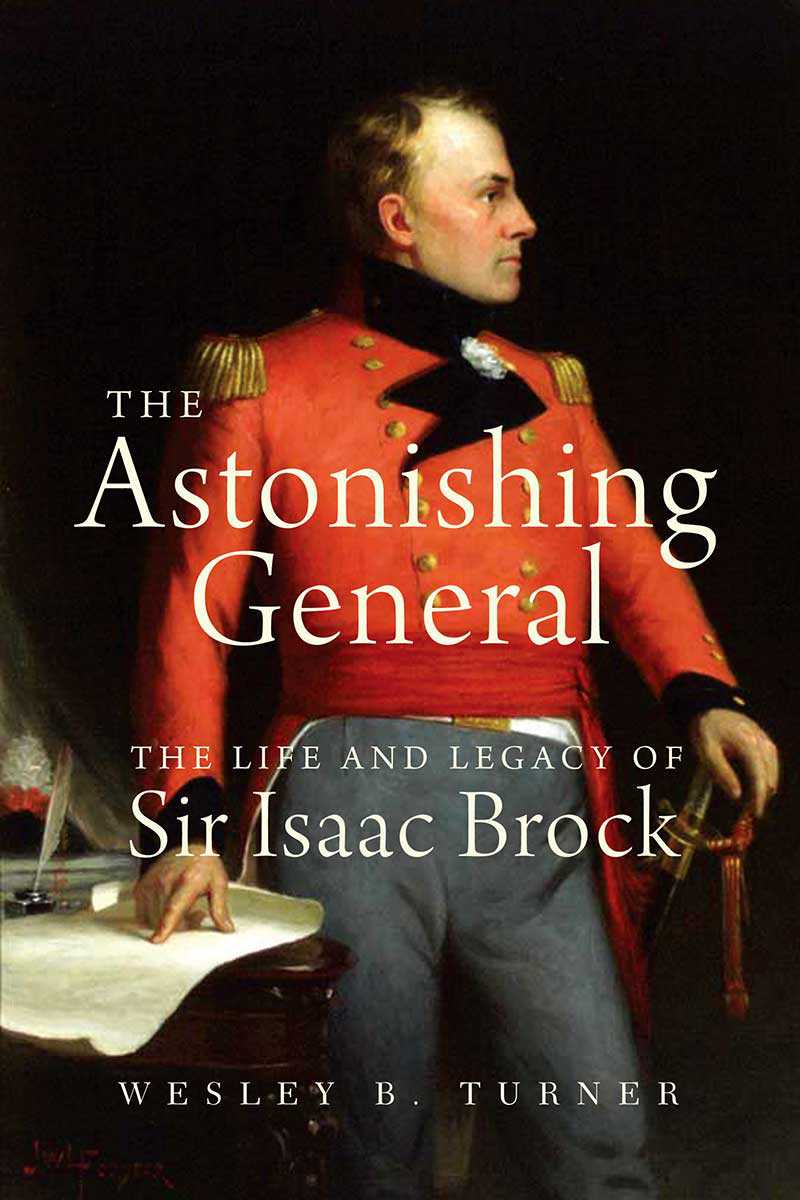


![J.E. Sampson. Archives of Ontario War Poster Collection [between 1914 and 1918]. (Archives of Ontario, C 233-2-1-0-296).](https://www.heritage-matters.ca/uploads/Articles/Victory-Bonds-cover-image-AO-web.jpg)

